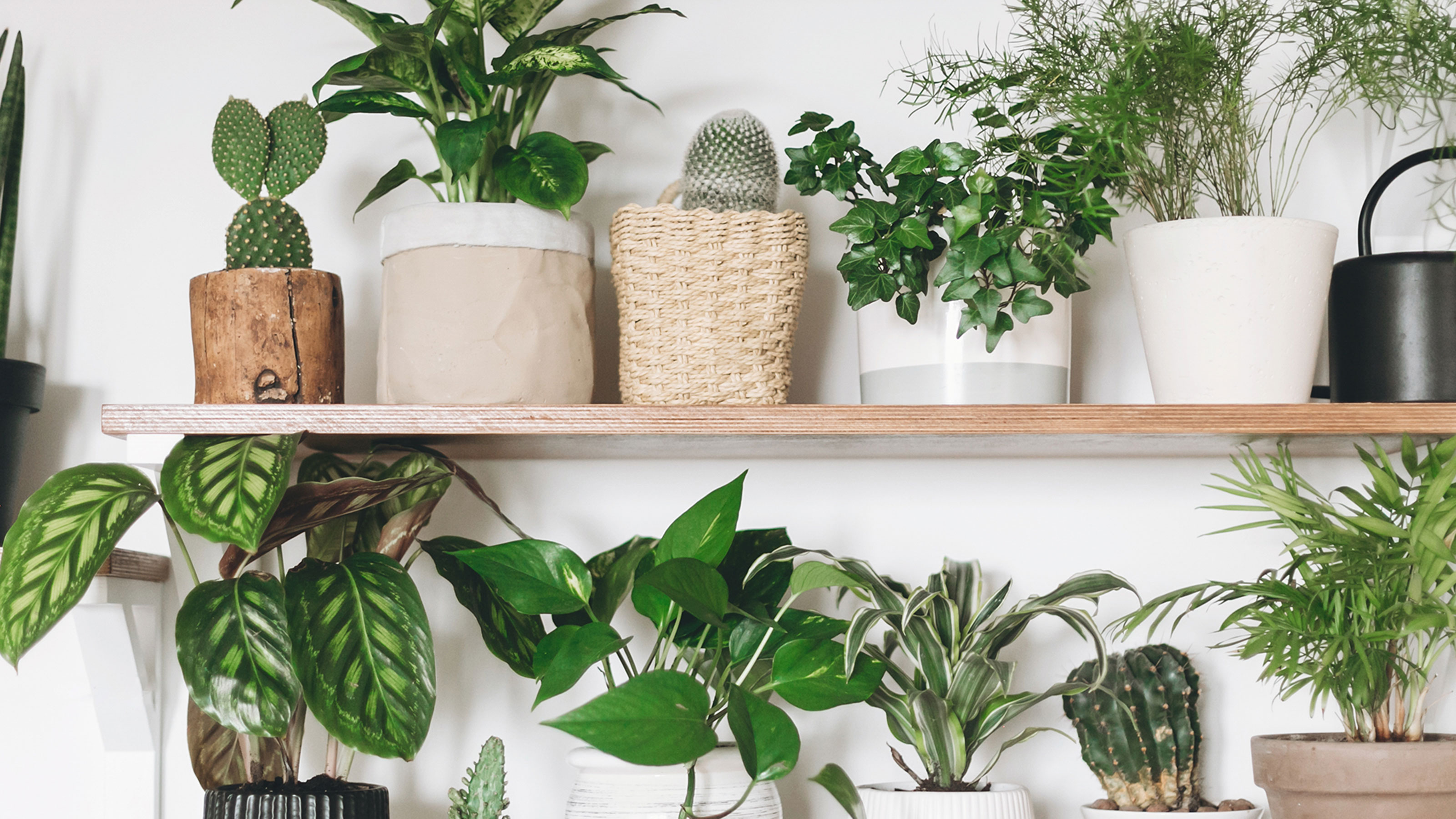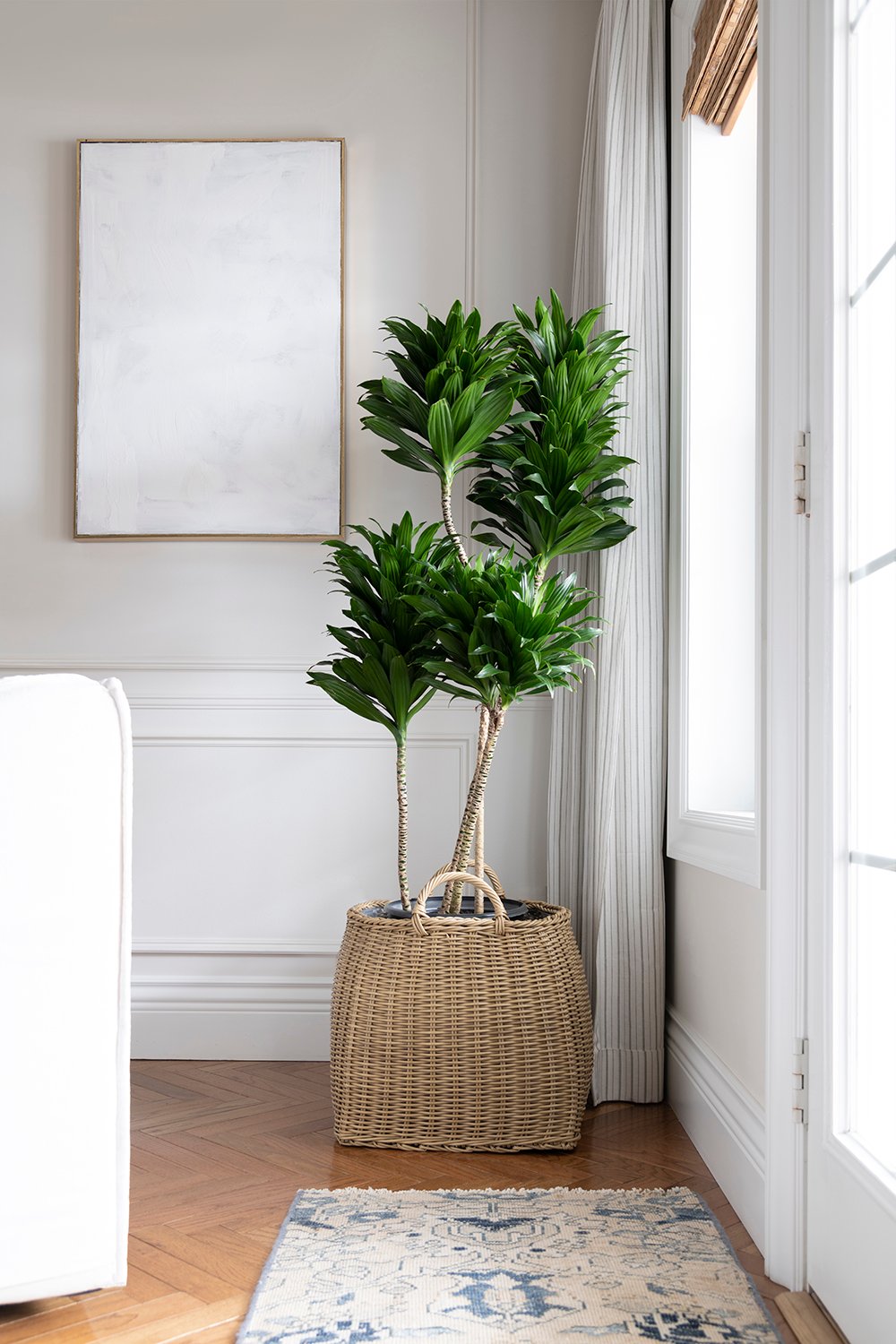Top 10 Best Low-Light Indoor Plants for Dark Rooms and Apartments
Top 10 Best Low-Light Indoor Plants for Dark Rooms and Apartments
Blog Article
Transform Your Home With Beautiful Low-Light Indoor Plants and Their Benefits
Including low-light interior plants right into your home can considerably boost both the environmental and visual high quality of your living areas. These plants, which thrive in dark problems, offer not just as attractive components but also as all-natural air purifiers, making them perfect for urban residents or those with limited sunlight exposure. As we explore the various types of low-light plants and their advantages, you may discover unexpected means to incorporate them right into your home that can change your environments in means you may not have expected.
Advantages of Low-Light Plants
Low-light plants provide various advantages for interior settings, making them an outstanding selection for both newbie and seasoned garden enthusiasts. One of the primary benefits is their flexibility to low-light conditions, enabling people to enhance their home without the demand for considerable sunshine direct exposure. This particular makes them perfect for houses, workplaces, and other areas with restricted natural light.

Moreover, integrating low-light plants right into home decor can boost the aesthetic allure of a room. Their lavish foliage and varied appearances produce a relaxing ambience, adding to total health. Lastly, the visibility of greenery has been linked to minimized stress and anxiety levels and enhanced efficiency, making low-light plants a sensible selection for improving both psychological and physical wellness in interior settings.
Top Low-Light Indoor Plants
While numerous indoor plants thrive in brilliant light, several species are particularly fit for low-light conditions, making them perfect for various interior areas. One popular option is the Snake Plant (Sansevieria), known for its striking upright leaves and durability, calling for marginal care. One more exceptional option is the Pothos (Epipremnum aureum), which includes heart-shaped leaves and can route magnificently from racks or wall mounts, growing in reduced light and adding a lavish touch.
The ZZ Plant (Zamioculcas zamiifolia) is commemorated for its glossy leaves and capacity to endure neglect, making it perfect for active lifestyles. Similarly, the Tranquility Lily (Spathiphyllum) not only tolerates reduced light however additionally creates magnificent white flowers, enhancing any room's aesthetic.
For an unique touch, think about the Cast Iron Plant (Aspidistra elatior), which indeed lives up to its name, prospering in the darkest edges of your home. The Chinese Evergreen (Aglaonema) uses a selection of leaf patterns and shades while being extremely flexible in low-light conditions. These plants not only improve interior environments however likewise add to air filtration, enhancing your home.
Treatment Tips for Low-Light Plants

Watering practices are important; these plants typically prefer a little completely dry problems. Overwatering can lead to root rot, so guarantee that the leading inch of dirt is dry prior to watering once more. Use pots with water drainage holes to permit excess dampness to run away.
Moisture is one more essential aspect. Lots of pop over to this web-site low-light plants, such as brushes and peace lilies, benefit from greater moisture degrees. To increase moisture, take into consideration misting the fallen leaves or positioning a tray of water near the plants.
Fertilizing must be approached with care. During the expanding season, make use of a watered down, well balanced fluid plant food on a monthly basis to sustain growth, however this content stay clear of fertilizing throughout the dormant cold weather.

Creative Ways to Present Plants
Indoor plants can offer as fascinating focal factors in any kind of room, enhancing both visual charm and setting. Imaginative screens can elevate the aesthetic influence of low-light plants, making them an integral component of your home decor. One reliable approach is to use tiered plant stands, which enable you to showcase multiple plants at differing heights while making the most of flooring room.
Hanging planters are another cutting-edge option, producing a feeling of deepness and attracting the eye up. Consider macramé hangers or wall-mounted shelves to introduce an unique appearance and design.
For a much more structured technique, use geometric terrariums or glass containers to house your plants, adding a contemporary touch to your interior garden. You can also repurpose vintage products, such as teacups or wooden dog crates, for a diverse display screen that reflects your individuality.
Enhancing Home Setting With Plants
Incorporating low-light plants into your home not just boosts visual allure however additionally contributes substantially to the overall ambiance. These plants act as natural design components, presenting a sense of harmony that can transform any room. The presence of greenery cultivates a calming environment, which is specifically helpful in high-stress atmospheres such as office or living areas.
Low-light plants, such as snake plants, pothos, and ZZ plants, are not only visually pleasing however likewise boost indoor air high quality by filtering contaminants. This double feature boosts the setting better, producing a much healthier space (Best low-light indoor plants). The strategic placement of these plants can also influence the understanding of area; as an example, tall plants can attract the eye upwards, making ceilings appear higher and areas more large
In addition, varying appearances and colors of vegetation include deepness to interior decoration, allowing for creative expression in home designing. Whether positioned on shelves, in edges, or as focal points, low-light plants can elevate the state of mind of any type click for more of area. In recap, incorporating these plants into your home is a reliable way to promote a cozy, inviting ambience while profiting of boosted air high quality and visual convenience.
Verdict
Incorporating low-light interior plants into home settings offers various advantages, including improved aesthetic appeal and improved air high quality. These resilient plants, such as the Serpent Plant and Tranquility Lily, call for very little light and maintenance, making them suitable for varied lifestyles. Their capability to filter toxins adds to a much healthier home, while their different textures and colors enhance indoor style (Best low-light indoor plants). Ultimately, the addition of low-light plants promotes a peaceful and inviting atmosphere, transforming any type of home into a serene sanctuary.
While several indoor plants thrive in bright light, several species are especially appropriate for low-light problems, making them perfect for different interior rooms. One effective method is to use tiered plant stands, which enable you to showcase multiple plants at differing elevations while optimizing floor room.
Low-light plants, such as snake plants, pothos, and ZZ plants, are not just visually pleasing however likewise boost interior air top quality by filtering system pollutants. Best low-light indoor plants. The critical positioning of these plants can also affect the understanding of area; for instance, high plants can draw the eye upward, making ceilings show up higher and rooms much more large
These resilient plants, such as the Serpent Plant and Peace Lily, call for minimal light and upkeep, making them appropriate for diverse way of lives.
Report this page